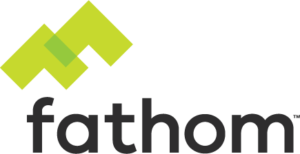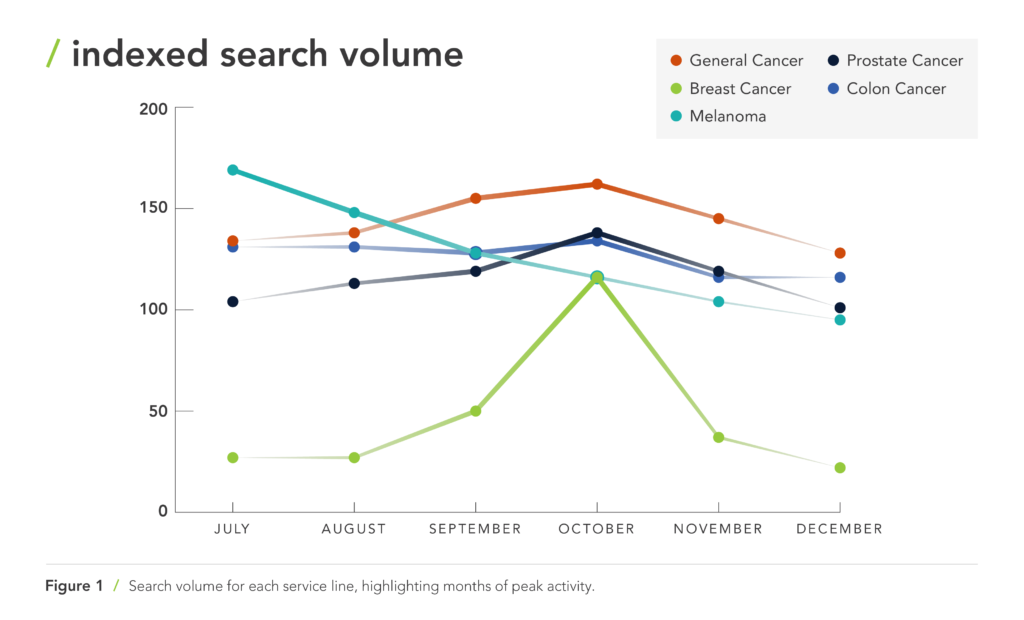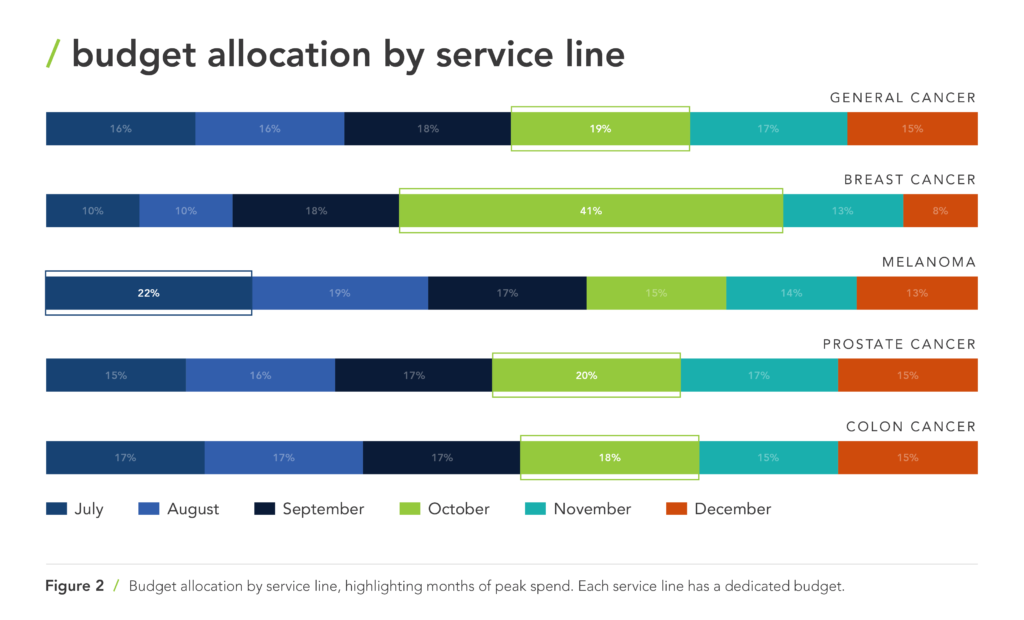Death, taxes, and your digital marketing agency asking for more budget: these are the inevitabilities of life as a marketing leader. While you don’t have much say when it comes to the first two, you can have the last word when it comes to allocating your budget.
Before you make the decision to approve or deny the request, you’ll likely push that individual or team to confront reality: marketing budgets are not unlimited. Your effectiveness as a marketing leader is judged based on your use of that limited budget, and before you can get more, you must do more.
In fact, “securing enough budget” is a top-three marketing challenge for companies according to the annual HubSpot State of Inbound report, trailing only “generating traffic and leads” and “proving the ROI of our marketing activities.”
Despite those very real and common challenges, few paid media managers and agencies do the leg work to make the business case for more budget, and you’re left to coach the individual or push the agency to build a stronger case.
coaching your paid media team to do more with less
“This isn’t something I can approve right now” isn’t the answer your paid media manager or agency is hoping for, but it’s the right one in many cases. In my experience, most paid media budgets are grossly inefficient. So, as you push your team to deliver a stronger, leaner, optimized recommendation, I want to share an example of what good looks like.
Admittedly, this is a simple approach, but I’m always surprised to find budgets managed without regard for this efficiency. Ignored, you’re truly leaving business results on the table. This approach is born from another aspect of the marketer’s reality: Despite your goals, there likely isn’t a steady stream of prospects ready to engage with your marketing and immediately convert to revenue in a timely—or even logical—manner.
The approach starts with a simple question: Are you reducing investment when search volume for high-converting keywords is low? If the answer is no—and it typically is—here’s a simple path forward to share with your paid media manager or agency:
- Investigate which paid search keywords most often lead to conversion.
- With this list of keywords convenient, document the answers to a few questions:
- What stands out from the list?
- What sort of language is the audience using on their path to conversion?
- Does their search query take the form of a question?
- Often, does the query contain a version of your brand name?
- Encourage your team to research a level deeper, such as investigating search volume over the calendar year for each of those high-converting keywords.
- Ask the team to reflect on the data they’ve collected in the context of your business goals and provide a recommendation on where to scale back.
- With these recommendations outlined, collaborate on a path forward based on the business case. The options include:
- Enjoy the efficiency and push dollars to the bottom line.
- Reallocate dollars in channels that inspire demand (or boost keyword search volume).
- Shift dollars to a time period when search volume is highest.
You’d be surprised how well this simple approach works. You might also be surprised to find that it’s not in play for your business today.
illustrating the impact of a paid media budget optimized for efficiency
I work with a large hospital system to drive new patient acquisitions for their cancer treatment service lines. Their approach was a classic example of a paid media budget stretched too thin. Even if we could have secured additional budget, each dollar would have been split across multiple campaigns, falling short of significant impact.
On top of that, this organization was forced to cut their already constrained paid media budget by an additional 10% from to the previous year. We dove into search volume and conversion trends—just as I outlined earlier—to understand when we could make the most of patients’ intent to convert. We also learned when we might be better off spending less or in channels other than paid search.
In our analysis, we found distinct periods of high search intent, and we found that those periods varied by service line. As a result, we recommended a focus on organic search optimization leading up to peak intent periods, during which we would maximize paid search spend to ensure we captured as many ready to convert as possible.
The results were incredible. By focusing on periods of high intent, all key metrics from clicks to conversions increased substantially. For the full year:
- Clickthrough rate from search results pages increased 50%.
- Conversion rate improved 26%.
- Cost per conversion was reduced by 32%.
- Most importantly—and despite a 10% decrease in budget—conversions grew by 34%; that meant more than 17,000 incremental conversions for the hospital system.
This simple, strategic approach to driving efficiency in paid search—and paid media in general—can create results that far outweigh the time it takes to develop the strategy. Of course, your team shouldn’t take a set-it-and-forget-it approach. Success requires consistent and focused optimizations, but, following this method, there’s certainly a path to doing more with less.
So, the next time your paid media manager or agency requests more budget, respond with a question of your own: How do you know we’re getting the most from our investment today?
Paid media budget efficiency is a hot topic in the conversations I have with marketing leaders, and sometimes simple coaching unlocks incredible results. It just takes a dedicated focus, some creativity, and a desire to be better than you were yesterday.
If you’d like to have a conversation about the opportunities for efficiency in your paid media strategy or how to coach your team to better results, please reach out. I’d love to help.


